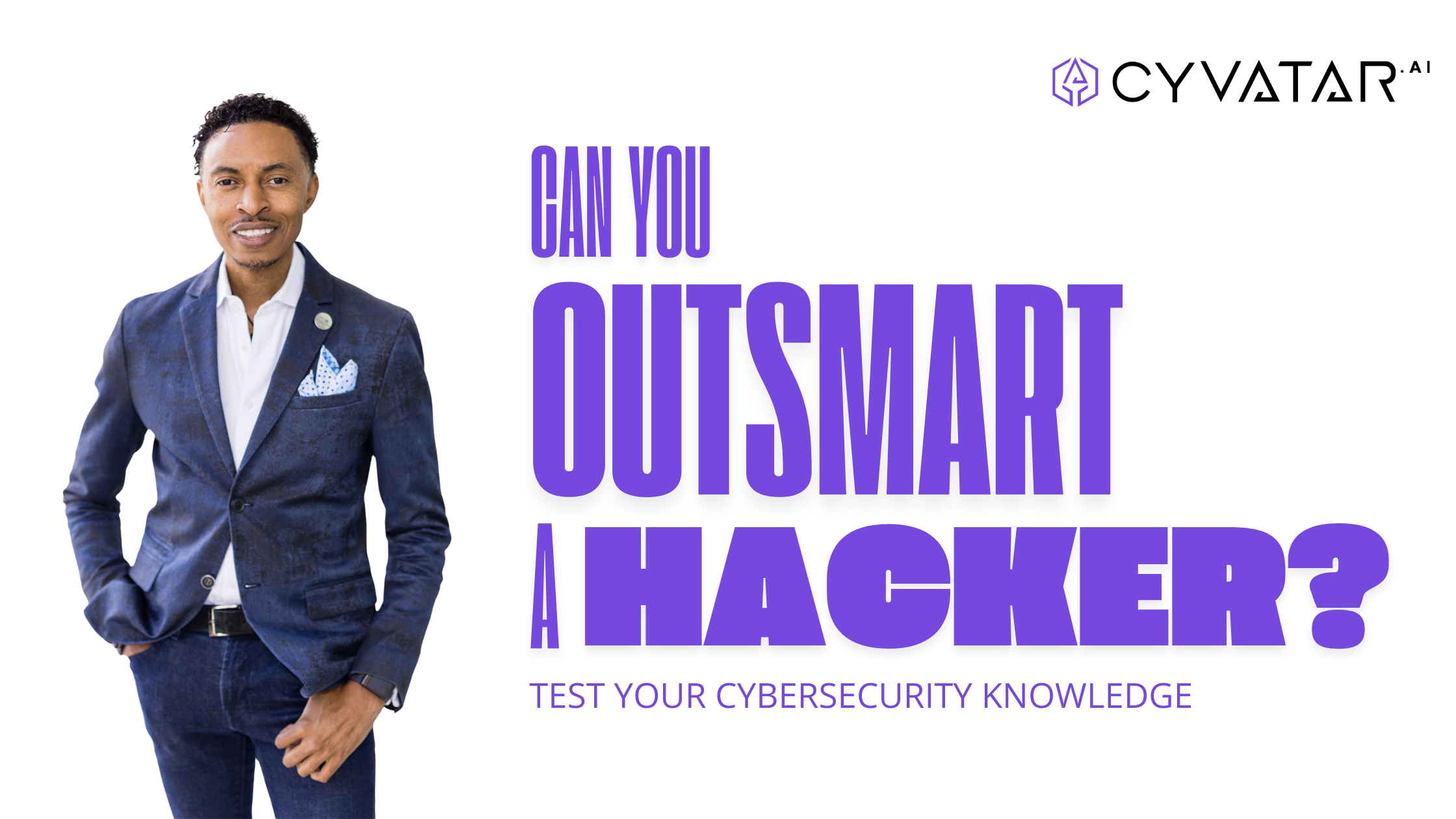Test Your Cybersecurity Knowledge: Can You Outsmart a Hacker?

Test Your Cybersecurity Knowledge: Can You Outsmart a Hacker?
Courtney Pereira | 01/27/2025Cybersecurity is more than just a buzzword. It’s a crucial component of modern business operations. But how well do you understand the layered approach necessary to keep your organization secure? Inspired by common cybersecurity scenarios, we’re diving into the critical solutions that form a robust defense against cyber threats.
Take a moment to test your knowledge and see how your cybersecurity instincts measure up!
1. What is the Correct Order of Solutions to Stop a Phishing Email Attack?
Phishing attacks remain one of the most common methods hackers use to infiltrate systems. The correct order of solutions can vary, but the best approach emphasizes a layered defense:
- Email Security Management (ESM): This is the first line of defense, filtering out malicious emails before they reach the inbox.
- Security Awareness Training (SAT): Educating employees to recognize phishing attempts reduces the likelihood of human error.
- Multi-Factor Authentication (MFA): Even if credentials are compromised, MFA adds an extra security layer to prevent unauthorized access.
- Threat and Vulnerability Management (TVM): Ongoing monitoring helps detect any breaches that slip through the initial defenses.
2. Which Solutions Initially Failed if a Phishing Email Was Successful?
If a phishing email successfully compromises your system, it signals that certain defenses didn’t hold up. The two primary culprits are:
- Security Awareness Training (SAT): If employees fall for phishing scams, it indicates gaps in training.
- Email Security Management (ESM): If the malicious email made it past filters, your ESM tools may need an upgrade or reconfiguration.
3. Which Solution is the Hardest to Implement?
Not all cybersecurity solutions are created equal. Some require more time, resources, and expertise to implement. Two solutions stand out as particularly challenging:
- Multi-Factor Authentication (MFA): While critical, integrating MFA across an organization can be complex, particularly when dealing with legacy systems.
- Threat and Vulnerability Management (TVM): Continuous monitoring and updating vulnerabilities require dedicated teams and resources, making it a challenging but essential task.
4. What Protects You If Your Password is Compromised in a Disclosed Breach?
Passwords alone are no longer sufficient to protect sensitive information. If your password is compromised, Multi-Factor Authentication (MFA) is the solution that can save the day. By requiring a second form of verification such as a text code, authentication app, or biometric scan, MFA ensures that stolen credentials are useless to hackers.
5. Which Solution Allows Users to Authenticate to Multiple Applications with a Single Click?
Efficiency meets security with Single Sign-On (SSO) solutions like Okta. These tools allow users to seamlessly authenticate across multiple applications with one login, enhancing security while simplifying the user experience.

Final Thoughts
Understanding the layered approach to cybersecurity isn’t just for IT professionals, it’s vital knowledge for anyone in an organization. By combining tools like Email Security Management, Security Awareness Training, Multi-Factor Authentication, and Threat and Vulnerability Management, you’re building a resilient defense against even the most sophisticated cyber threats.
How did you score on this quiz? Share your thoughts and see how your colleagues fare, because when it comes to cybersecurity, knowledge is your first line of defense!
